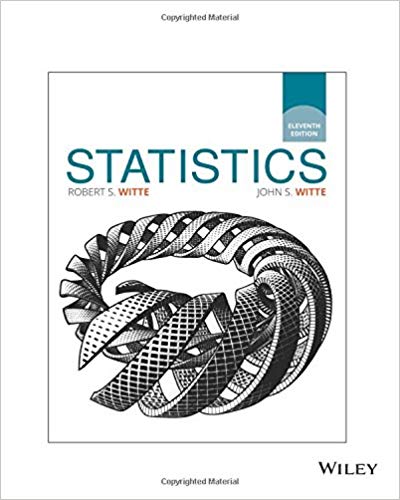For each of the following, does the description indicate the use of random sampling or random assignment?
Question:
For each of the following, does the description indicate the use of random sampling or random assignment?
1. Randler, Demirhan, Wüst-Ackermann, and Desch (2016) were interested in reducing the negative emotions often associated with dissections of animals in science classes. The researchers randomly selected zoology course sections to either view a predissection video that instructed students about fish dissection (treatment group) or a life history video about the fish (comparison). The authors utilized a pre/post test treatment comparison design. The results showed that treatment group’s post test scores on positive affect, negative affect, state anxiety, and self-efficacy were higher than their pretest scores, whereas there were no differences between the pretest and post test scores of the comparison group. The researchers concluded that the benefits of increased positive affect and self-efficacy come at the cost of higher negative affect and state anxiety.
a. Random sampling
b. Random assignment
2. In July 2009, the Pew Research Center reported that on a typical day, 34% of Americans take a nap. The report was based on a nationally representative sample of 1,488 adults.
a. Random sampling
b. Random assignment
3. Nussbaum and Kardash (2005) investigated the effects of different types of instructions on the frequency of counterarguments in essays written by 107 undergraduate students. Each of the undergraduates received one of three types of instructions. The instruction conditions were: Reason Condition, Counterargue/Rebut Condition, and Control Condition.
a. Random sampling
b. Random assignment
4. Glenberg, Gutierrez, Levin, Japuntich, and Kaschak (2004) reported that second graders’ reading comprehension benefited from manipulating objects referred to in the text. The three treatment groups included in the experiment were: Manipulate, Read, and Control.
a. Random sampling
b. Random assignment
5. The Centers for Disease Control (CDC) analyzed data from national surveys to estimate national flu vaccination coverage for the 2015-16 flu season. The CDC reported that the vaccination rate for children 6 months through 17 years was 59.3% in both 2014-15 and 2015-16. However, the vaccination rate for adults 18 years or more declined from 43.6%to 41.7% during the same time period.
a. Random sampling
b. Random assignment
Step by Step Answer:






